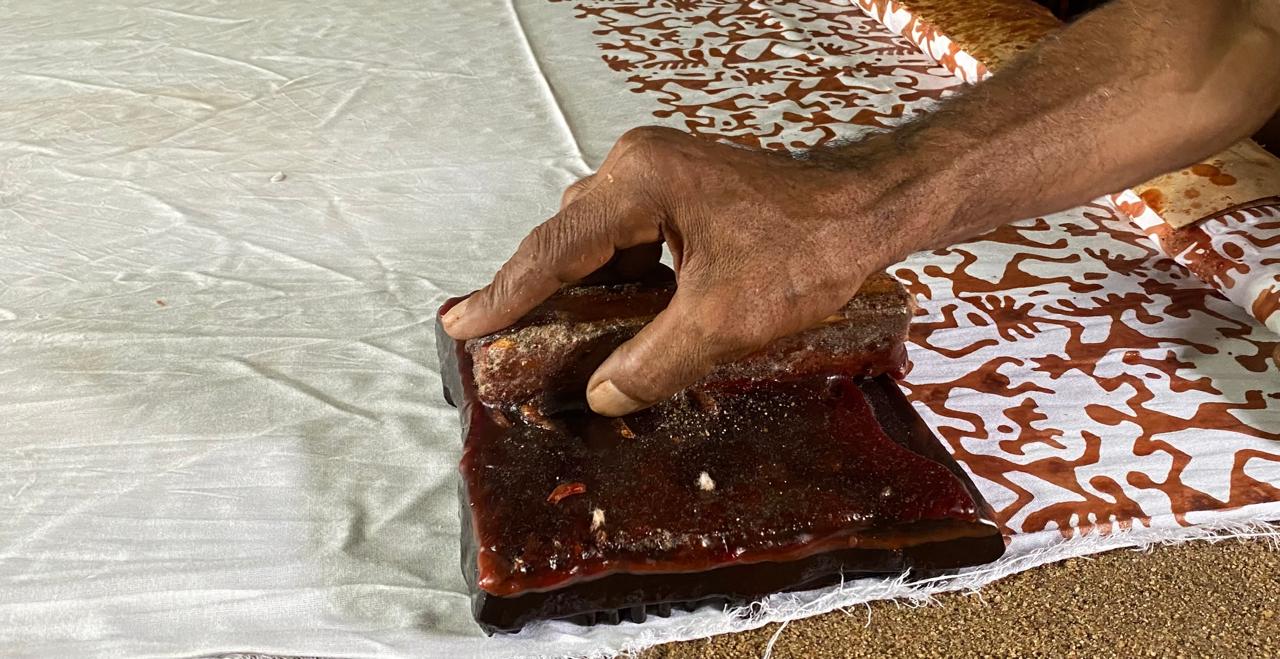Batik print is more than just a technique of dyeing fabric; it is a reflection of rich cultural heritage, intricate craftsmanship, and artistic storytelling. Originating from Southeast Asia, particularly Indonesia, this age-old art has captivated the world with its beauty and uniqueness.
What is Batik?
Batik is a fabric design technique that involves the use of wax-resistant dyeing. Patterns are meticulously hand-drawn or stamped onto the fabric using hot wax, after which the cloth is dyed. The areas covered in wax resist the dye, creating stunning, intricate designs. Once the dyeing process is complete, the wax is removed, revealing the masterpiece underneath.
The Origins of Batik
The history of batik dates back over 2,000 years. It is believed to have been practiced in ancient Egypt, China, and India, but its most celebrated form is deeply rooted in the Javanese culture of Indonesia. In Java, batik was initially a craft reserved for royalty, with each pattern symbolizing status, tradition, and spirituality.
The Symbolism of Batik Designs
Batik designs often carry deep cultural and symbolic meanings. For example:
- Parang motif: Represents strength and determination.
- Kawung motif: A depiction of a fruit or flower, symbolizing purity and harmony.
- Ceplok motif: Repeated geometric patterns that represent balance and order.
Each piece of batik tells a story, often inspired by nature, mythology, or societal values.
Modern Batik: From Tradition to Trend
While traditional batik is still highly revered, modern adaptations have brought this art form into contemporary fashion and home décor. Designers around the world have embraced batik, incorporating it into clothing, accessories, and even furniture. With sustainable and ethical fashion gaining momentum, batik has become a symbol of slow fashion, celebrating craftsmanship over mass production.
How is Batik Made?
The process of creating batik is meticulous and time-intensive, involving several steps:
- Designing: Patterns are sketched onto the fabric.
- Waxing: Hot wax is applied using tools like a canting (pen-like instrument) or stamps.
- Dyeing: The fabric is dyed in stages, with different areas protected by wax for multi-colored designs.
- Boiling: The wax is removed by boiling the fabric, revealing the final design.
- Finishing: The fabric is treated and pressed, ready to be worn or displayed.
Batik Beyond Borders
Though Indonesia is synonymous with batik, this art form has also flourished in other parts of the world. Malaysia, Thailand, and even parts of Africa have embraced batik, adding their cultural influences to its patterns and techniques.
Preserving Batik for Future Generations
UNESCO recognized Indonesian batik as a Masterpiece of Oral and Intangible Heritage of Humanity in 2009. This acknowledgment underscores the importance of preserving and promoting this art form. Today, efforts are being made to teach younger generations the techniques and significance of batik to ensure its legacy continues.
Final Thoughts
Batik print is more than just an art—it is a celebration of cultural identity and creativity. Whether worn as clothing or displayed as art, batik carries with it centuries of tradition and innovation, making it a timeless treasure in the world of design.




